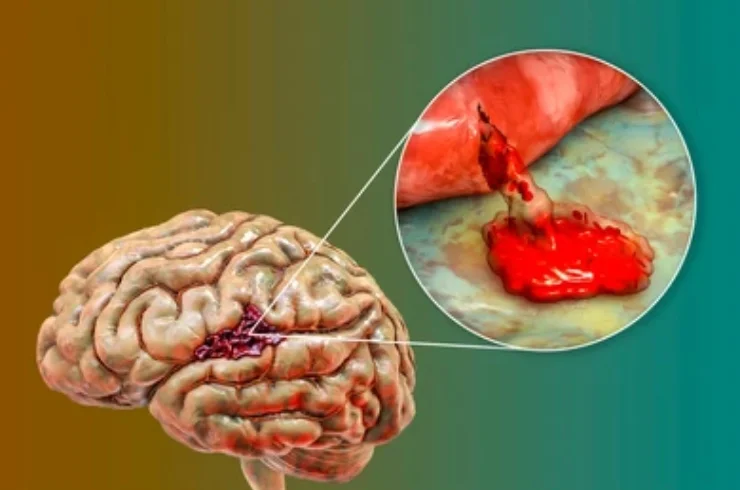
Brain hemorrhage is a serious and potentially life-threatening condition caused by bleeding within the brain tissue or surrounding areas. It may result from uncontrolled high blood pressure, traumatic head injury, aneurysm rupture, blood vessel abnormalities, or bleeding disorders. When bleeding occurs, it increases pressure within the skull, compresses brain tissue, and disrupts essential brain functions. The onset of symptoms is often sudden and may include intense headache, weakness or numbness on one side of the body, vision disturbances, difficulty speaking, confusion, seizures, or loss of consciousness. Prompt diagnosis and emergency treatment are critical in minimizing brain damage and improving the chances of survival.
The diagnosis of a brain hemorrhage typically involves immediate neuroimaging such as a CT scan or MRI to identify the location, severity, and potential cause of the bleeding. Treatment strategies are determined based on the type and extent of the hemorrhage. In less severe cases, medical management may involve blood pressure control, medication to reduce brain swelling, and close neurological monitoring. In more serious cases, surgical intervention may be required, such as craniotomy to remove the clot or hematoma, relieve intracranial pressure, or repair the damaged blood vessel. Advanced surgical techniques, including image-guided navigation and minimally invasive methods, are often used to enhance precision and patient outcomes.
Recovery from a brain hemorrhage is highly individualized and depends on the severity of the bleed and the area of the brain affected. The rehabilitation process may involve physical therapy to regain movement, speech therapy to address communication difficulties, and occupational therapy to support daily function. Long-term neurological follow-up is essential to monitor progress and prevent future episodes. Preventive care—such as managing hypertension, avoiding smoking, and maintaining a healthy lifestyle—is key to reducing risk. While the path to recovery can be challenging, timely medical intervention and comprehensive rehabilitative care can greatly improve quality of life and help many patients regain independence and functionality.